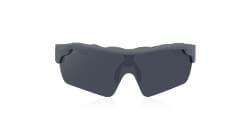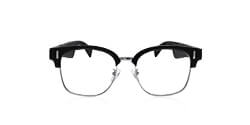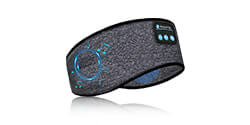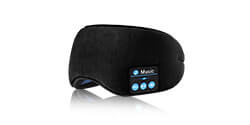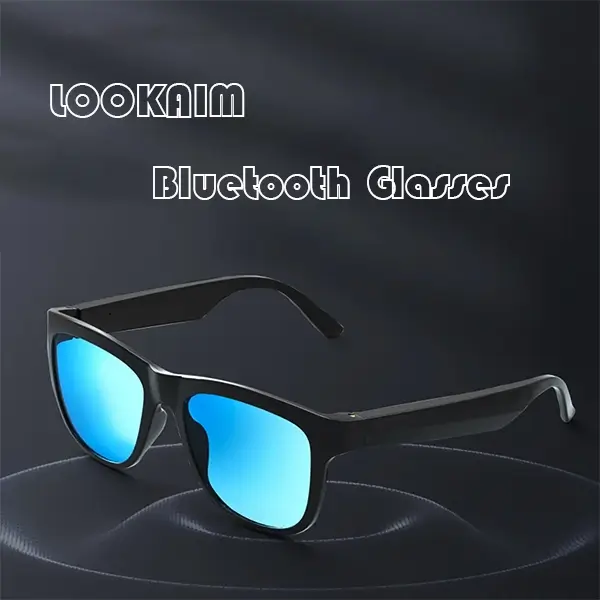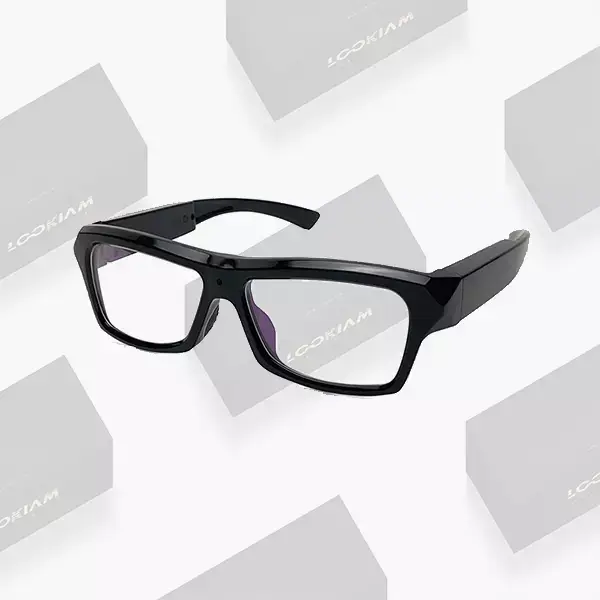Unraveling the Distinction between Bluetooth Glasses and AR Glasses
July 19, 2023 Sherry
In the ever-expanding realm of wearable technology, two intriguing devices that have garnered significant attention are Bluetooth glasses and AR glasses. These innovative eyewear options might seem similar at first glance, but they serve distinct purposes and offer unique features. This article aims to elucidate the difference between Bluetooth glasses and AR glasses, shedding light on their respective functionalities and applications.
Bluetooth Glasses:
Bluetooth glasses, also known as "smart glasses" or "connected glasses," are wearable devices that integrate Bluetooth technology to provide users with hands-free connectivity to their smartphones or other Bluetooth-enabled devices. Some key characteristics of Bluetooth glasses include:
Wireless Connectivity: Bluetooth glasses utilize Bluetooth technology to establish a seamless connection with smartphones, tablets, or other compatible devices.
Hands-Free Communication: With built-in microphones and speakers, users can make phone calls, listen to music, and access voice assistants without the need for traditional earphones or headphones.
Call and Notification Management: Bluetooth glasses allow users to manage incoming calls and notifications directly through the glasses' interface, offering a convenient and discreet way to stay connected.
Fitness and Health Tracking: Some Bluetooth glasses come equipped with fitness and health monitoring features, tracking steps, calories, and even heart rate.
Fashion and Design: Bluetooth glasses often combine technology with fashionable designs, making them suitable for everyday wear and various occasions.
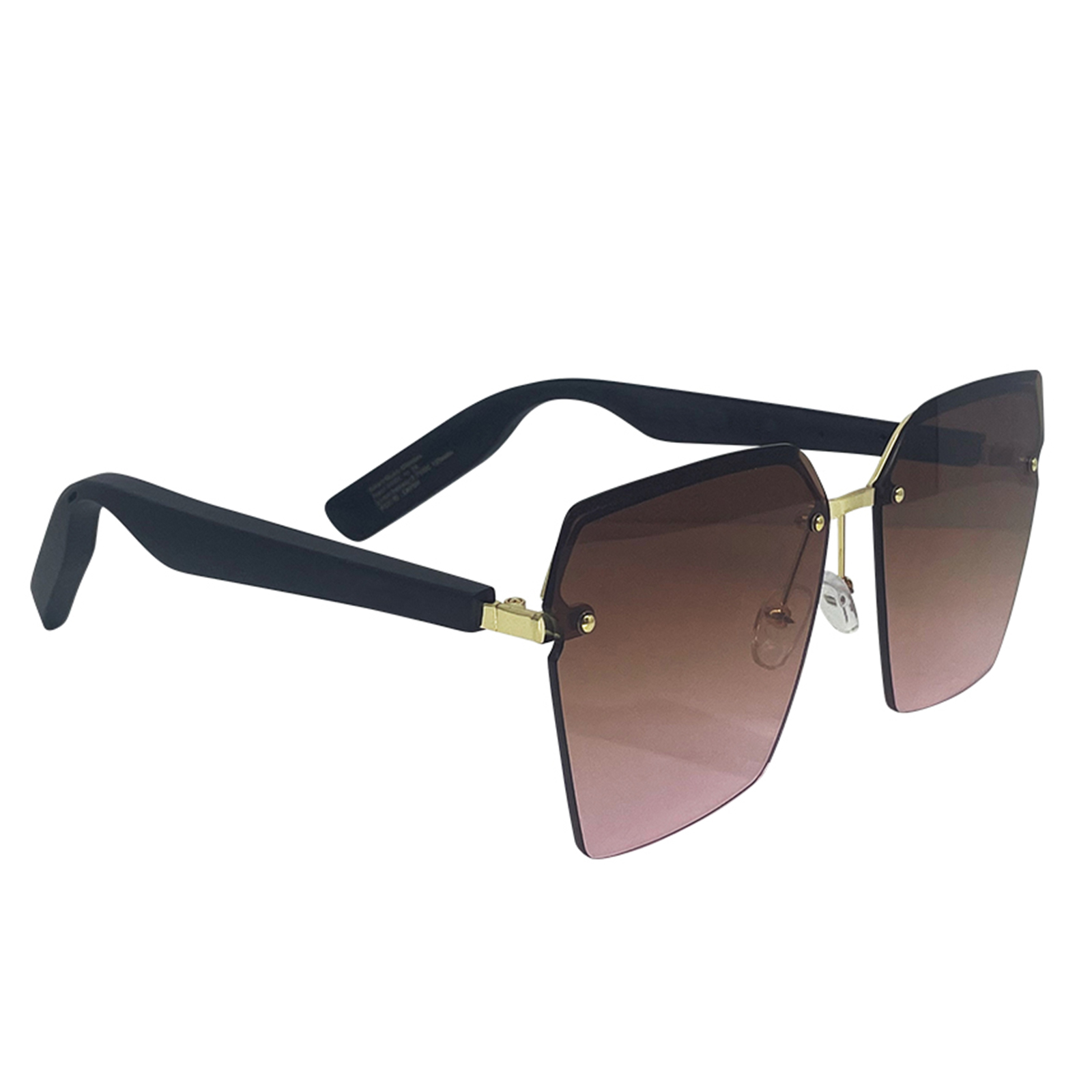
AR Glasses:
AR glasses, short for "augmented reality glasses," are a specialized form of smart glasses that focus on enhancing the user's perception of reality by overlaying computer-generated virtual elements onto the physical environment. The key features of AR glasses include:
Augmented Reality Experience: AR glasses use sensors, cameras, and advanced algorithms to detect the user's surroundings and superimpose digital images, graphics, and data onto the real world.
Immersive Interaction: AR glasses aim to create an interactive and immersive experience by seamlessly blending virtual elements with the user's actual surroundings.
Real-Time Data and Information: AR glasses provide real-time information and data relevant to the user's location or activity, offering enhanced situational awareness.
Applications: AR glasses find applications in various fields, such as gaming, entertainment, education, professional training, and industrial use cases like design and visualization.
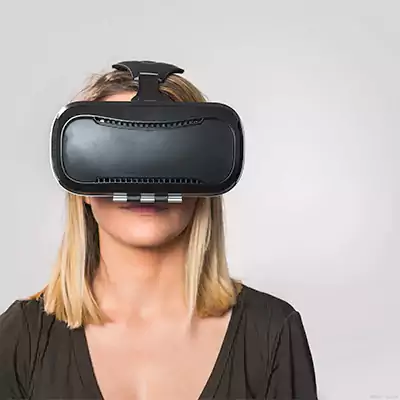
Conclusion:
In conclusion, Bluetooth glasses and AR glasses represent two distinct categories of wearable eyewear, each catering to specific needs and experiences. Bluetooth glasses focus on hands-free connectivity and convenience, acting as an extension of the user's smartphone. On the other hand, AR glasses provide a unique augmented reality experience, enriching the user's perception of reality by overlaying virtual elements. As technology continues to evolve, both Bluetooth glasses and AR glasses offer exciting opportunities to revolutionize how we interact with technology and our environment.


